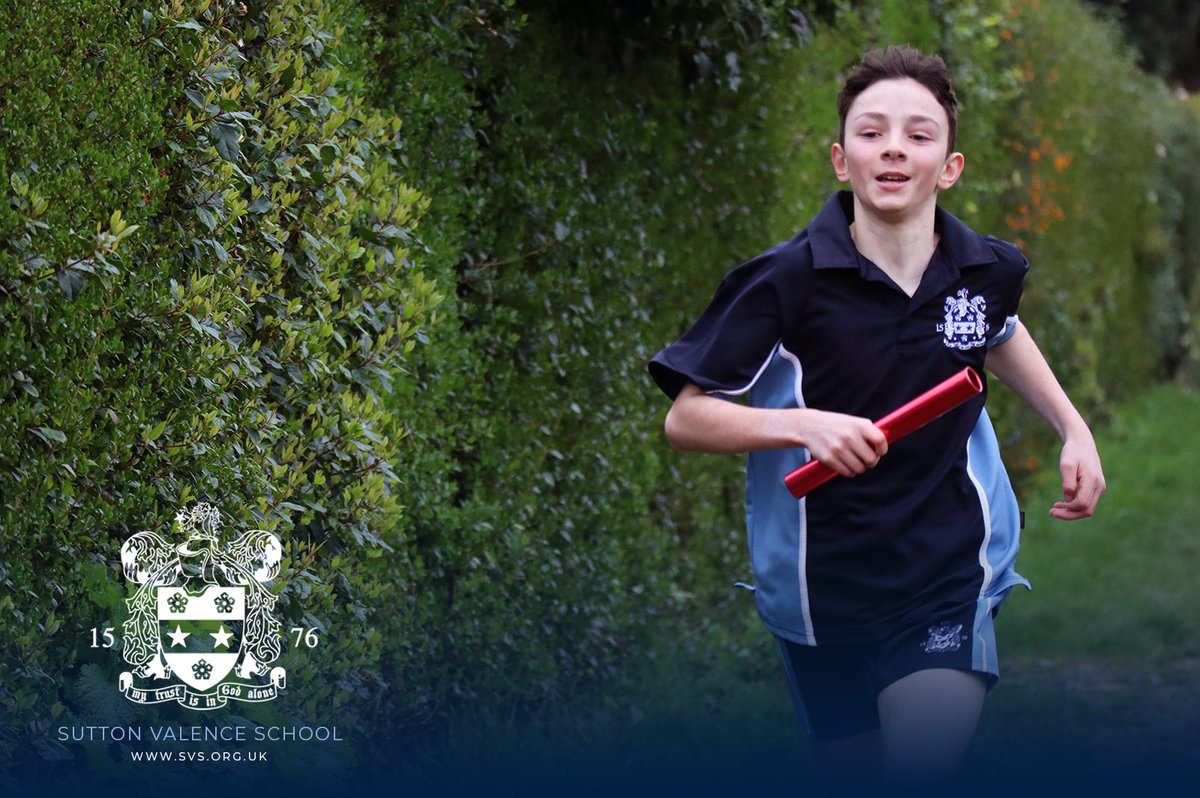How many times have we, as adults not noticed something that our children have, as we drive them on a journey? The horse cavorting around a field, the kestrel hanging on the wind or something similar that grabs their attention and focus. Focusing on something that is out of the ordinary, unexpected, or unusual is not so tricky, but focusing on more abstract concepts such as multiplication, apostrophes or at its simplest form; instructions, is inevitably more challenging for young minds.
Child development experts say that, on average, a four or five-year-old should be able to focus on a task for two to five minutes multiplied by their age. It is worth noting that this rule of thumb, just like any guideline relating to human development, depends on the situation. Indeed, attention span must be contextualized. Are we talking about first thing in the morning, the middle of the day, before lunch or before bedtime? In fact, attention span is elastic.
At School, teachers have a range of tools and strategies to help children focus and to develop their attention span length. Firstly, we know that to get a child’s attention, we must also give them attention. We make sure that we are nearby when giving instructions or information and make good eye contact in the first instance. Secondly, we ensure that the instructions given are clear and concise; delivered using a calm, soft and controlled tone. In this way, a child is enticed to engage; they find it difficult not to want to listen or find out what comes next. Another strategy used in School is breaking down instructions or information into smaller chunks. If a child thinks a task is too hard or confusing, they may zone out and stop paying attention, so we deliver the instructions in small steps, avoiding long-winded explanations.
At SVPS, we recognise that movement can help children pay attention and so we value the break times and opportunities to participate in Games and PE within the timetable. On a smaller scale, we also know that regular movement breaks within a lesson can help reset a child’s mind and help them focus more. Teachers are skilled at recognising when a child might benefit from a short movement break and ask them to help hand out books or pencils; subtle ways to accommodate their need. Praise is also an essential tool to use when helping children to pay attention and focus. A lot of times in our adult culture, we praise outcomes but, as teachers, we know that praising effort is essential in developing a child’s ability to focus. We have Super Stars, House points, Above and Beyond and Super Hoot awards to show that we value and recognise learning behaviours, not just outcomes and attainment.
You can extend this ‘toolkit’ further at home too; helping your child’s attention span to become stronger. Suggesting activities that require concentration, such as completing a puzzle, undertaking a craft activity, sharing a book or even helping with the preparation of a meal can all develop your child’s ability to focus for extended periods of time. You could also help by taking time to point out some of the small and interesting details in your nearby surroundings; stopping to notice a mysterious animal track in the mud, a spider’s web with dew on it, a tumbling leaf, or the shiny pebbles you find on a beach. As your child’s concentration increases with practice, their ability to be focused will increase as well. The next two weeks are a fabulous opportunity for us as parents to give our children the most precious gift of all – time.
Best wishes for a wonderful Half Term break from all the staff and community at SVPS.
Mrs Harrison, Academic Deputy Head





